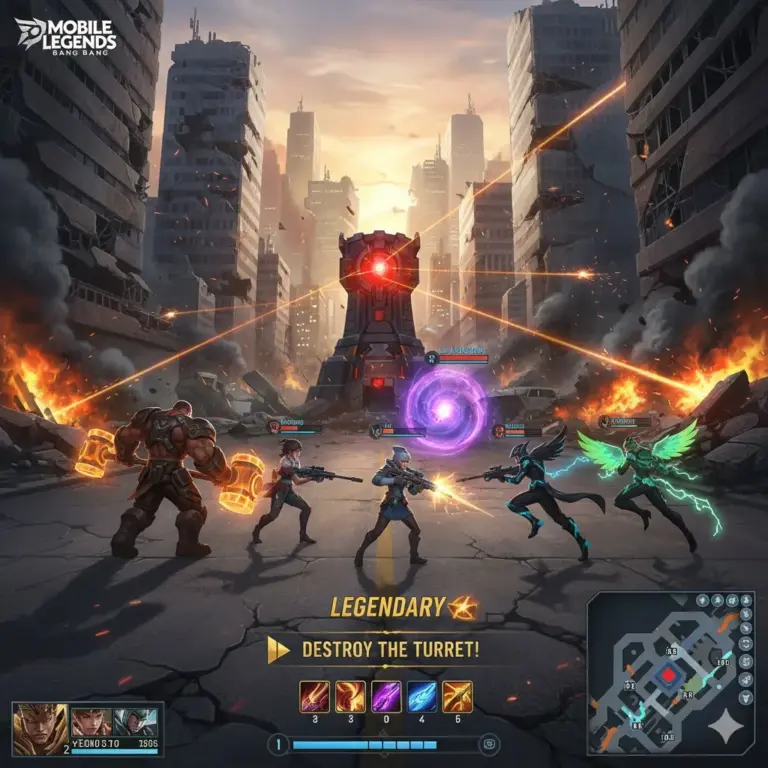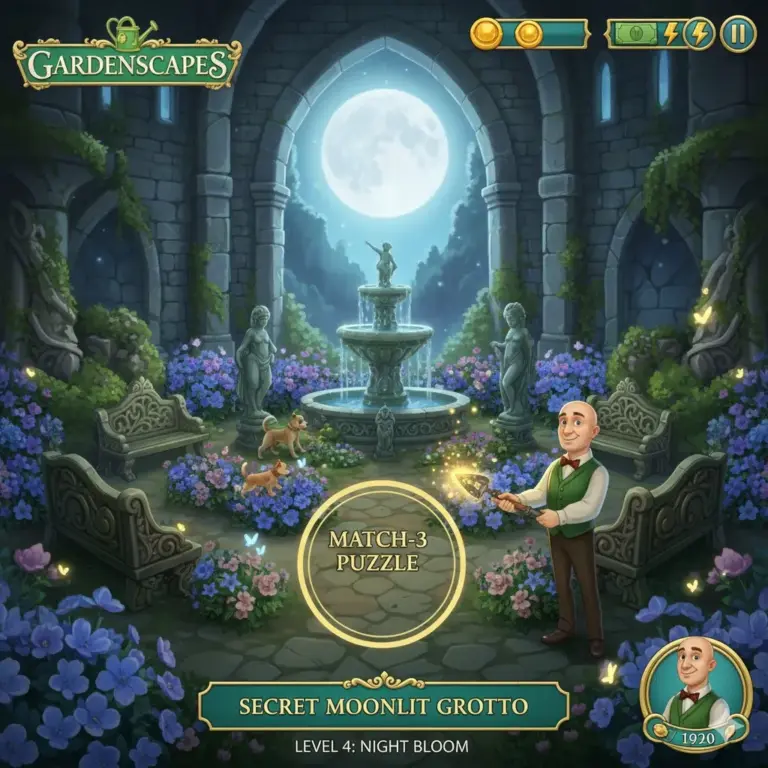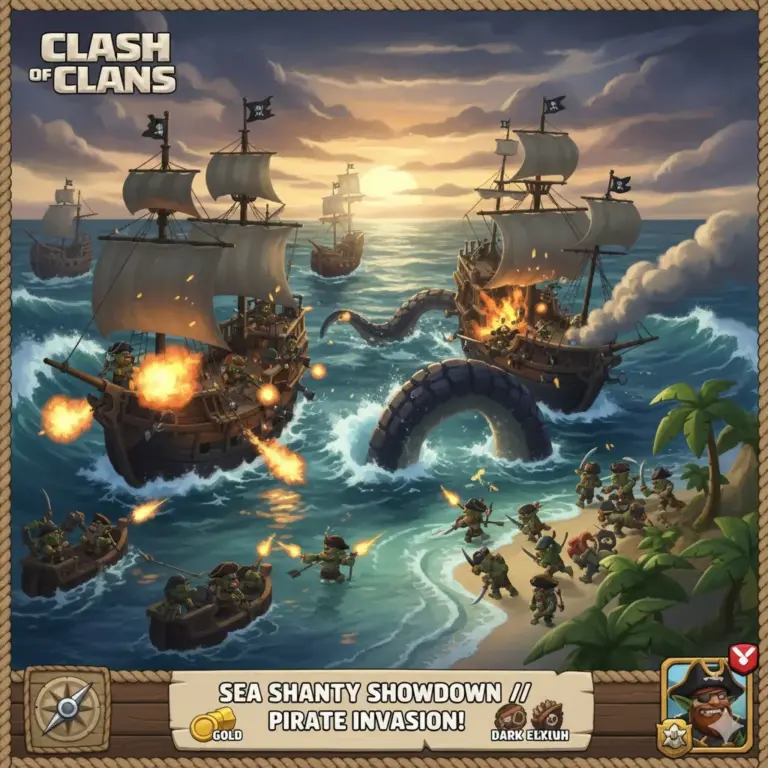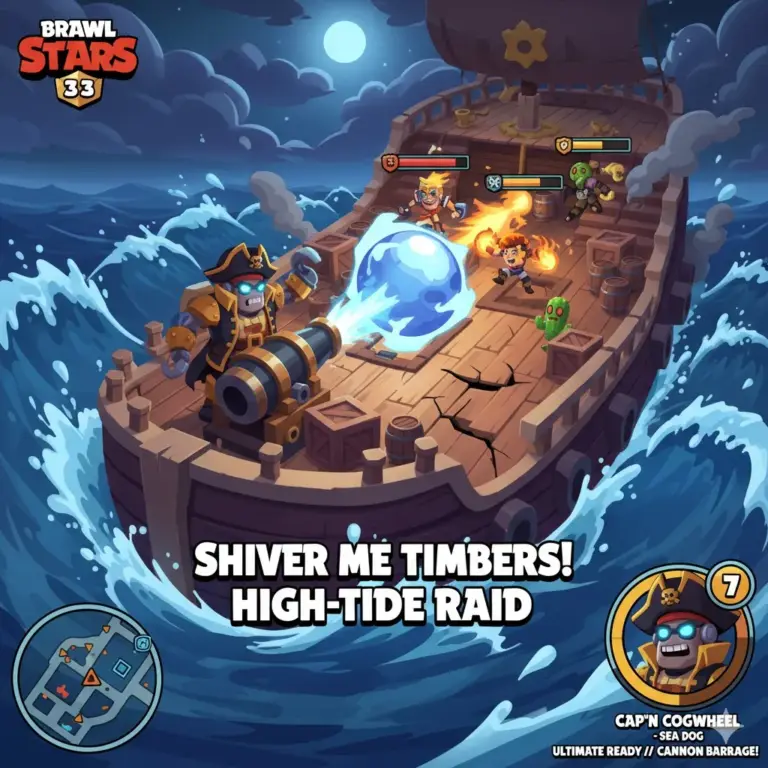Honkai: Star Rail Review 2025: Is HoYoverse’s JRPG Still a Must-Play?
When HoYoverse, the creative juggernaut behind Genshin Impact, announced a new space-faring, turn-based JRPG, the world watched with bated breath. The question was simple: could they strike gold twice?
Two years since its explosive launch, the answer is a resounding yes. As of 2025, Honkai: Star Rail (HSR) is not just a “side game” to Genshin; it is a titan in its own right, a multi-billion dollar franchise that has refined the HoYoverse formula to near-perfection. It’s a game that took the gacha world by storm by learning from its predecessor’s mistakes and respecting the single most valuable resource a player has: their time.
But for new players or those who fell off, is Honkai: Star Rail worth playing in 2025? Has the end-game grind become stale? Has the gacha become predatory?
This in-depth 2025 review will break down the S-tier production, the deceptively deep combat, the F2P-friendly gacha system, and the daily loop that makes HSR either the perfect “side game” or a potential “main game” for millions.
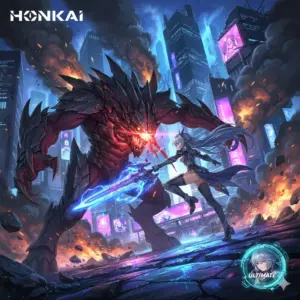
A Universe of Unmatched Polish and Charm
From the moment you boot up the game, Honkai: Star Rail bleeds quality. This is HoYoverse’s signature, and it’s on full display. The character design is flawless, the animations are fluid, and the musical score is nothing short of breathtaking. Each new world you visit—from the frozen-over post-apocalypse of Belobog to the recent, dazzlingly dark dreamscape of Penacony—feels like a fully-realized destination.
The story follows “The Trailblazer,” a receptacle for a universe-ending “Stellaron,” who hops aboard the Astral Express to journey across the stars, solving planetary crises. Where Genshin tells a high-fantasy epic, HSR tells a more personal, quirky, and often hilarious sci-fi romp.
The writing is a significant step up. The game is genuinely funny. It’s filled with meta-humor, pop-culture references, and a self-aware charm that is utterly endearing. You are encouraged to investigate every trash can, and the game will reward you with an existential internal monologue from your protagonist about the nature of garbage. This quirky personality gives the world a soul that many of its competitors lack.

The “On-Rails” Debate: A Pro, Not a Con
The most significant difference from Genshin is the world design. Honkai: Star Rail is not an open-world game.
Instead, it’s a classic JRPG experience. Each planet and city is a series of beautifully crafted, instanced zones connected by loading screens. Exploration is about finding hidden chests and solving minor puzzles in these contained “corridors,” not climbing every mountain you see.
For some, this was a downgrade. For millions, it was a massive upgrade. It streamlines the experience, focusing the player on the story, characters, and combat, eliminating the “checklist” fatigue and aimless wandering that can plague open-world titles. It’s a focused, curated experience, and it’s better for it.
The Combat: Turn-Based, Fast, and Deceptively Deep
If you think “turn-based” means slow and boring, Honkai: Star Rail will change your mind. The combat is fast, flashy, and built around one brilliant central mechanic: The Weakness Break System.
Every enemy has a white “Toughness” bar above their health, along with a series of elemental icons (e.g., Fire, Ice, Quantum). Attacking that enemy with a matching element is the only way to deplete this Toughness bar.
When the bar breaks, everything good happens:
- Massive Damage: The enemy takes a huge burst of “Break Damage.”
- Action Delay: Their turn is pushed way back in the combat order.
- Debuff: They suffer a unique debuff based on the element that broke them (e.g., Ice freezes them, Quantum “entangles” them, Imaginary “imprisons” them).
This system is the entire game. Your goal isn’t just to brute-force with high-damage characters (though that helps). Your goal is to build a balanced team of four that can cover multiple elemental weaknesses, break the enemy’s defenses, and then unleash hell while they’re stunned.
Add to this a shared “Skill Point” system—where basic attacks generate a point and powerful skills consume a point—and you have a rich, strategic dance of resource management. Do you use your healer’s skill point now, or save it for your main DPS to use their ultimate-charging attack?
For the daily grind, the game features a 2x speed and “Auto-Battle” function. The AI is surprisingly competent, making the mandatory farming for resources a painless, “press-a-button-and-walk-away” affair. This is HoYoverse’s first great act of “respecting your time.”
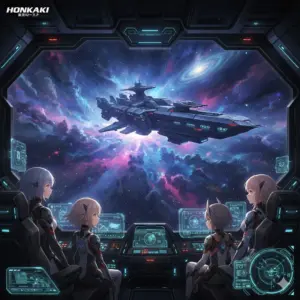
The End-Game: A Roguelite Dream and a Stamina Grind
So, what do you do in Honkai: Star Rail? The end-game is a loop of two distinct halves.
1. The Simulated Universe: The Roguelite Masterpiece
This is, without a doubt, the single best game mode in HSR and one of the best in any gacha, ever.
The “Simulated Universe” (SU) is a roguelite mode where you take your team into a multi-stage gauntlet. After each battle, you are offered a “Blessing” from one of the “Aeons” (the game’s gods). These Blessings offer absurd, stackable power-ups.
You might choose the Path of “Elation,” which makes all your follow-up attacks explode. Or the Path of “Nihility,” which makes your damage-over-time (DoT) effects stack infinitely and trigger all at once. The result is a glorious, screen-shattering power fantasy where your characters perform in ways they never could in the base game.
It’s highly replayable, strategically deep, and the primary source of your weekly rewards. It’s the “game” part of the end-game, and it’s brilliant.
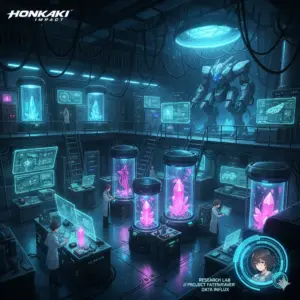
2. The Daily Grind: The “Side Game” Loop
The other half of the end-game is the “grind.” This is all tied to your Trailblaze Power (the game’s “stamina” or “resin” system).
This resource is used to farm:
- Character/Weapon EXP materials.
- Traces (skill upgrade materials).
- Relics (the 6-piece “gear” set for each character, with randomized stats).
This “Relic” farm is the true, permanent end-game. It’s a pure RNG grind, identical to Genshin’s artifact hunt. However, HSR makes it infinitely better. You can auto-battle it, you can “salvage” bad relics for dust to craft new ones, and the daily stamina cap can be burned through in about 10 minutes.
This is the game’s core identity: Honkai: Star Rail is a high-quality “side game.” You can log in, do all your meaningful daily tasks in 15-20 minutes, and log out. For busy adults, this is a godsend. For hardcore players wanting a 5-hour-a-day “main game,” this is a drawback.
The Gacha: The Most F2P-Friendly “Trap” on the Market
Now, the monetization. Honkai: Star Rail is a gacha game, and its goal is to make you spend money. However, it is arguably the most generous, F2P-friendly gacha on the market.
It’s all about the “Pity System.”
- The Banners: You use “Stellar Jade” (pull currency) on a character banner. You are guaranteed a 5-star character within 90 pulls (the “hard pity”).
- Soft Pity: In reality, your 5-star chances ramp up dramatically after pull 75 (the “soft pity”). Most players get their 5-star between 75-80 pulls.
- The 50/50: When you pull a 5-star, you have a 50% chance to get the “featured” banner character, and a 50% chance to get a “standard” 5-star.
- The Guarantee: This is the key. If you “lose” the 50/50, your next 5-star pull on a character banner is 100% GUARANTEED to be the featured character.
This system removes the “luck” element almost entirely. F2P players can plan their pulls. They can save up 160-180 pulls (a “full guarantee”) and be certain they will get the character they want. The game is also extremely generous with free Stellar Jade, giving F2P players enough to hit a 5-star pity every 6-8 weeks.
The “trap” here is the “Light Cone” (weapon) banner, which has a worse 75/25 pity and is generally not F2P-friendly. But the game provides excellent F2P weapon options, making this banner almost entirely skippable. Furthermore, 4-star characters in HSR are not just viable; they are meta-defining (Tingyun, Pela, Asta).
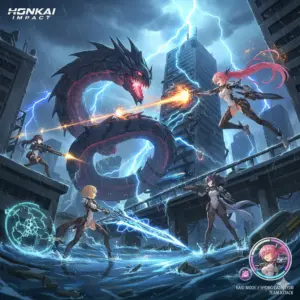
Final Verdict: Is Honkai: Star Rail Worth Playing in 2025?
Honkai: Star Rail took the lessons from Genshin Impact—the good and the bad—and created a more focused, respectful, and arguably more fun experience.
It’s a game that values your time. It streamlines the grind while deepening the combat. It presents a charming, hilarious, and beautiful universe. And its gacha, while still a gacha, is a “plannable” system that empowers F2P players.
The 2025 version of the game is better than ever, with the recent Penacony storyline being hailed as one of the best, darkest, and most compelling narratives in any F2P game.
You should play Honkai: Star Rail if:
- You are a fan of classic JRPGs (like Final Fantasy or Persona).
- You love deep, strategic turn-based combat.
- You are a busy adult who wants a high-quality “side game” you can play in 20-minute bursts.
- You appreciate S-tier production value, music, and story.
- You are a Genshin player who is burned out by open-world “chores” and wants a more focused loop.
You should AVOID Honkai: Star Rail if:
- You fundamentally hate all gacha or “stamina” systems.
- You are looking for a Genshin-style open-world exploration game.
- You want a “main game” that demands 5+ hours of your time every day.
- You dislike turn-based combat and prefer pure action.
Honkai: Star Rail is a masterpiece of the genre. It’s the new gold standard for F2P mobile gaming, and it’s absolutely worth boarding the Astral Express in 2025.
Final Score:
- Gameplay (Combat & End-Game): 4.5/5
- Story & World-Building: 5/5
- Graphics & Sound: 5/5
- F2P Friendliness / Monetization: 4.5/5 (Unheard of for a gacha)
